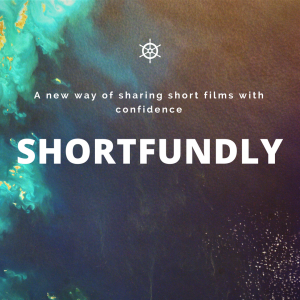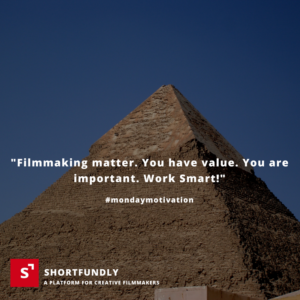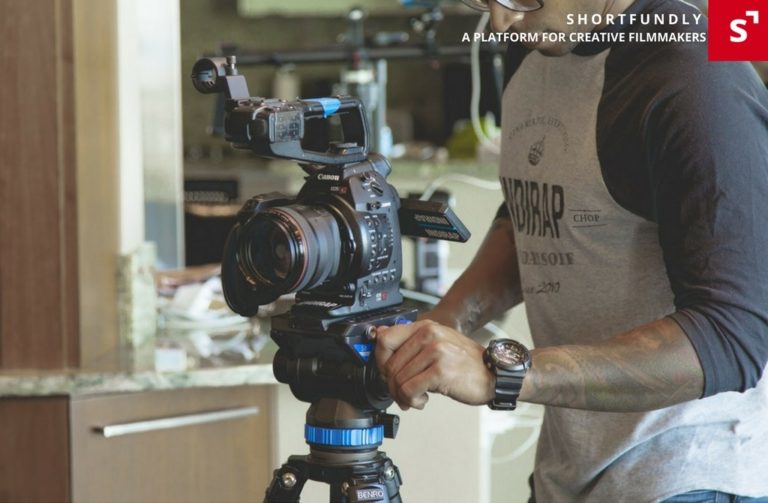
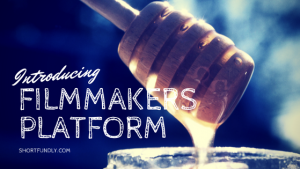
Sound recording
If your film uses live sound, stop for a few seconds and get everyone to be quiet and listen, in case there are sounds like buzzing lights or track which will affect the shot. If you’ve got a microphone on a boom pole, it needs to be held over the actors, as low as possible without appearing in the shot. This is really tiring so you need to make sure the sound operator takes a break between takes. The easiest way to hold it is above the head, with hands spread wider than shoulder width. Watch that the boom doesn’t droop into the shot as they get tired!
If your camera has a headphone socket, plug
headphones in and use them. If you can adjust the sound levels, you should. This usually gives better sound than using automatic levels. If the sound is too quiet, you’ll get a hiss when you make it louder in the editing programme. If it’s too loud, you’ll get nasty distortion. Try a few lines of dialogue and watch the sound level meter. It’s OK if the levels go into the orange bit but they should never go into the red. It’s a good idea to play back a test recording to check whether the sound is OK. (But if you’re using tape cameras, make sure you don’t rewind and record over Stu you’ve already filmed.)Make sure the actors leave pauses between their lines and don’t talk to each other. It’s a good idea to record half a minute or so of silence. This room tone can be really useful for patching up gaps in the sound at the editing stage.
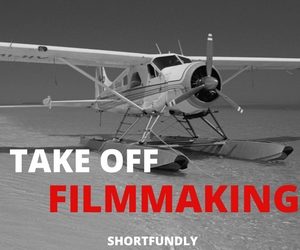

Post-production
This is where all those separate bits of video come together to make a film. The editing process.If there isn’t too much video, it’s easiest to import it all into the computer and then choose which bits to use. If there are loads, it’s worth logging it – going through (with the help of the first assistant director’s notes and the shot list) to choose what to import. This can save a lot of time. Put the sound
The filmmakers need to allow enough time to sort the sound out: adding effects, music and voiceover, and adjusting the sound levels. If they get this right it can make a massive dierence to their film. Don’t let them use copyright music if you want to show the film in public or put it online. The editing programme will probably have free loops and effects you can use. If your score is complicated, you could use a separate music programme to make it. They could start with a soundtrack or voiceover, put markers on the timeline (or just fit to the waveform of the sound) and edit their shots to fit. This is great for making music videos where the edits match the beat or documentaries where the video matches what the presenter is talking about.
Join creative filmmakers platform – shortfundly now.
